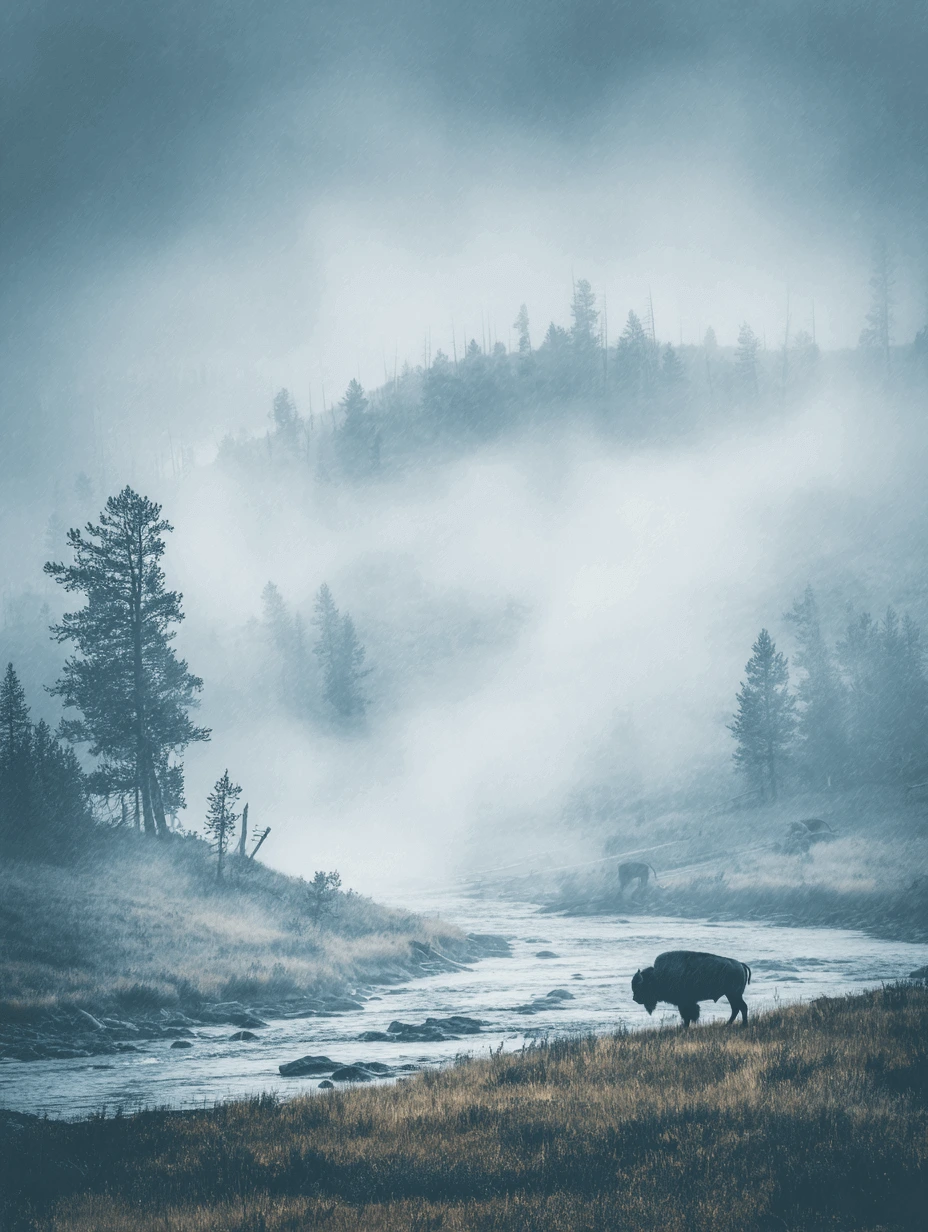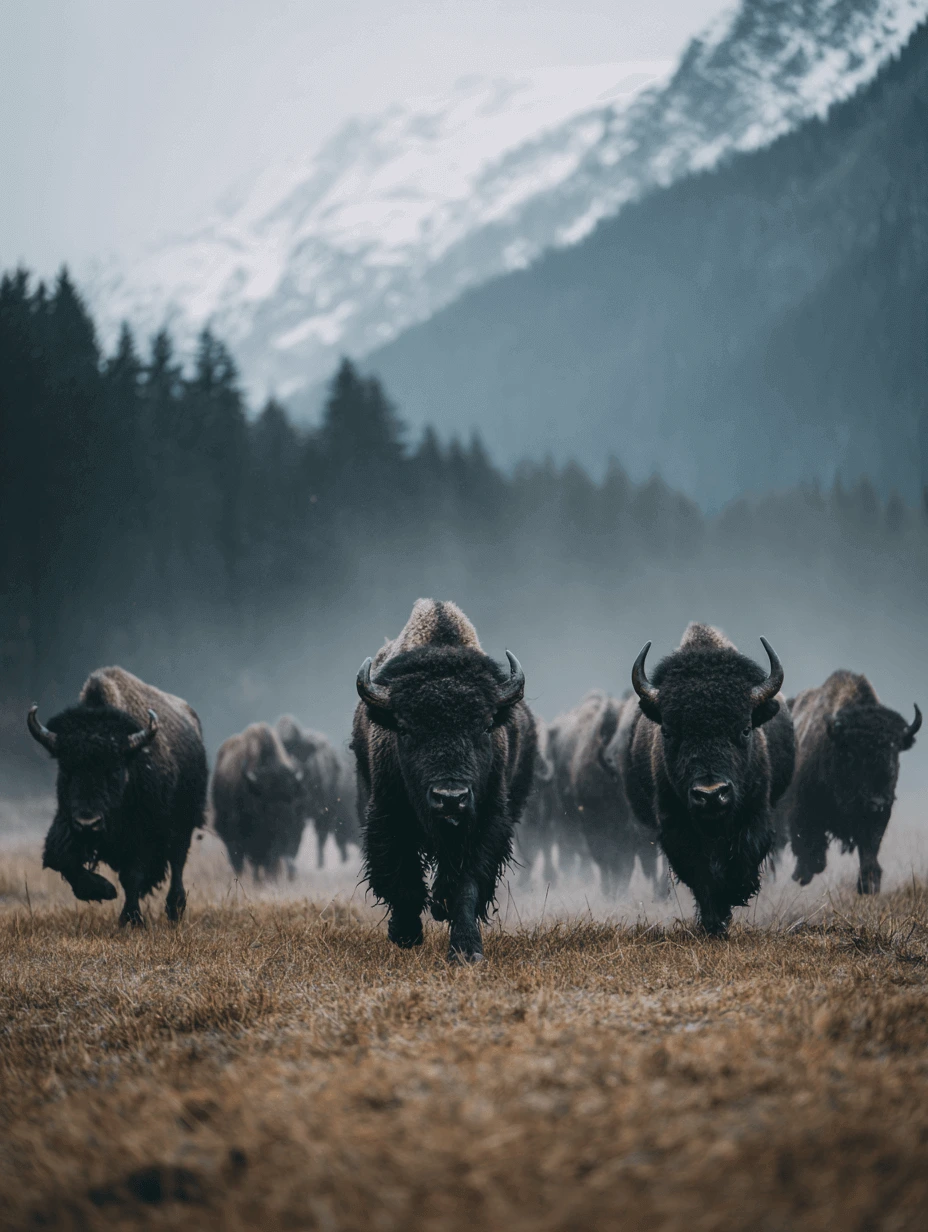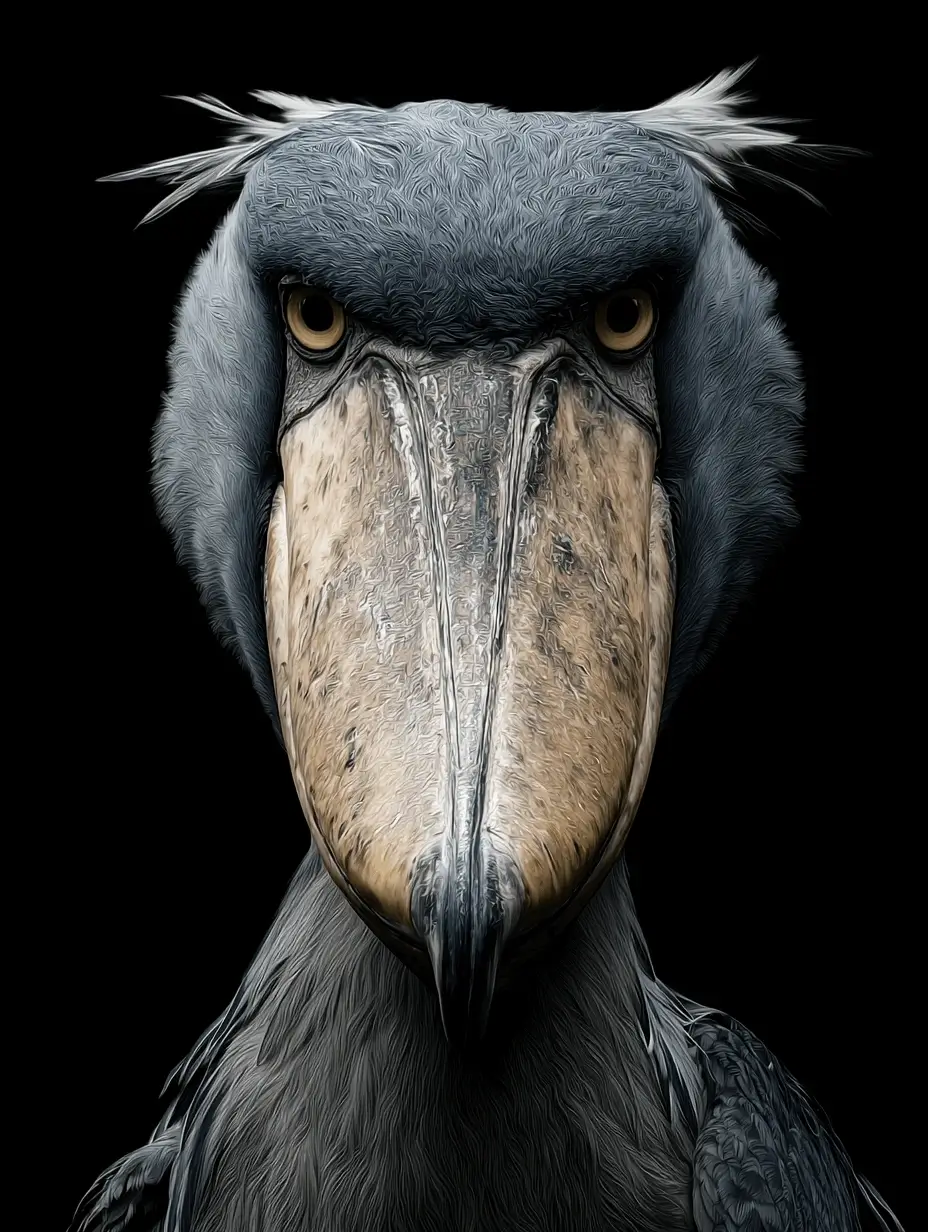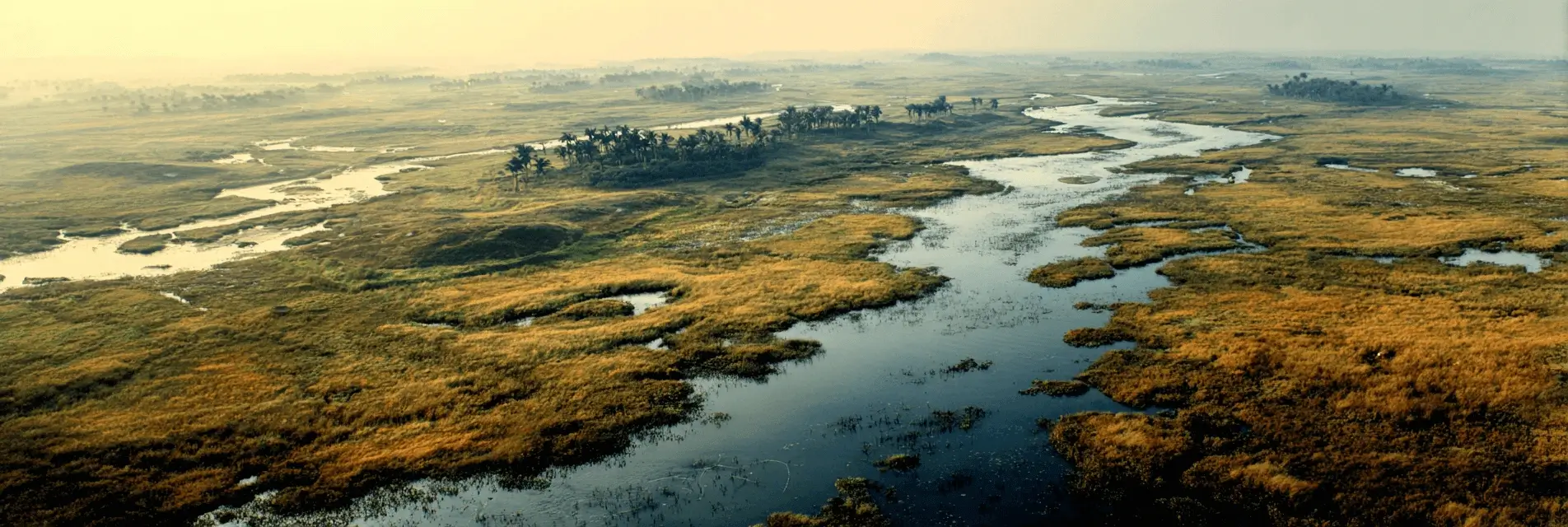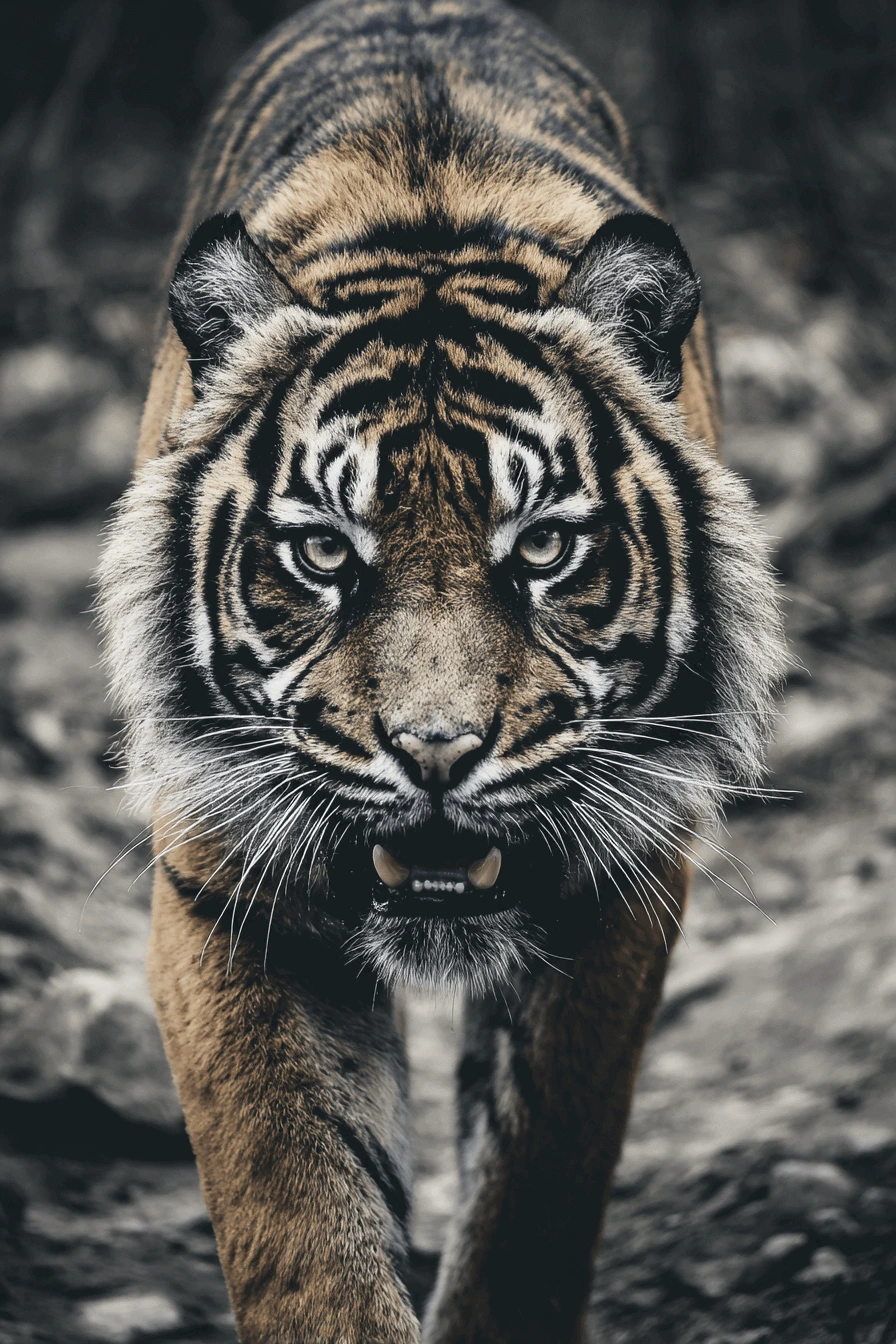Why These Parks? Why These Animals?
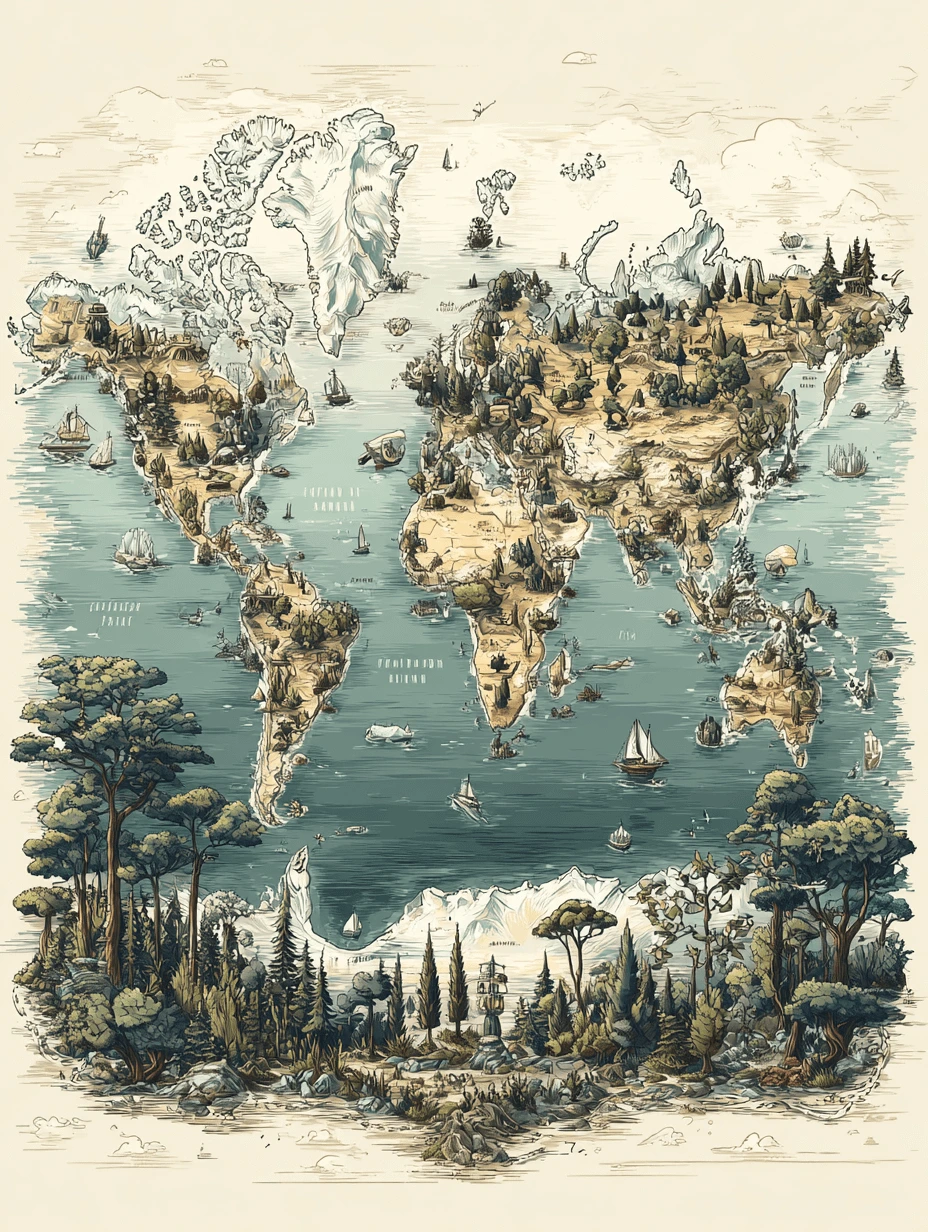
Imagine a world where American bison exist only in old photographs. Where the shoebill stork is a legend told by grandparents. Where tigers survive only in zoos.
That future almost happened.
On three different continents, three parks fought off desperate battles against extinction. Each chose to protect an iconic species. Each faced unique challenges. Each proved that conservation works – when there's political will and consistent action
Yellowstone saved the bison from dying out completely. Bangweulu protected one of the planet's strangest birds from being wiped out. Ranthambore brought back tigers from the edge of extinction into symbols of hope
These aren't just environmental success stories. They're narratives about our capacity to make up for historical mistakes. About communities that chose to put up with dangerous predators. About governments that prioritized nature over immediate profit.
Prepare to meet three extraordinary animals and the parks that became their last refuges on Earth.


